A study published in the journal Nature Climate Change earlier this month found that global climate warming is causing many of the meteorites found in Antarctica to be lost to researchers from the surface.
These meteorites are important sources of data for scientists trying to learn about conditions outside Earth and its history. Antarctica contains more than 60% of the entire planet’s supply of meteorite finds.
Meteorites Lost
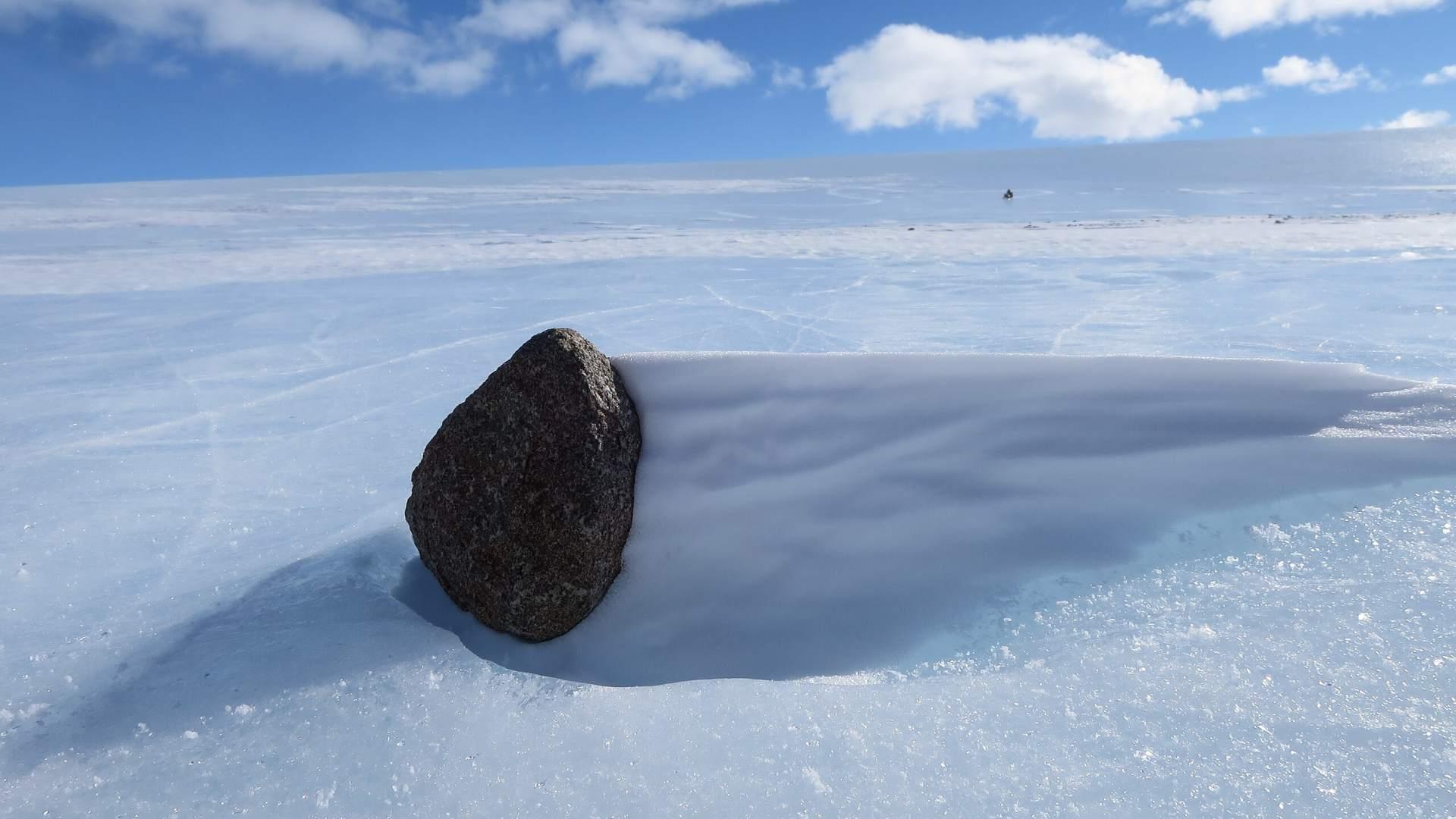
The study, called “Antarctic Meteorites Threatened by climate warming,” found that nearly 5,000 meteorites are becoming lost to researchers each year due to the meteorites sinking into melting ice sheets.
NASA estimates that 150 billion tons of Antarctic ice melts per year and that the total land mass of ice sheets in the Antarctic and Greenland has been consistently dropping since 2002.
Link to Climate Change
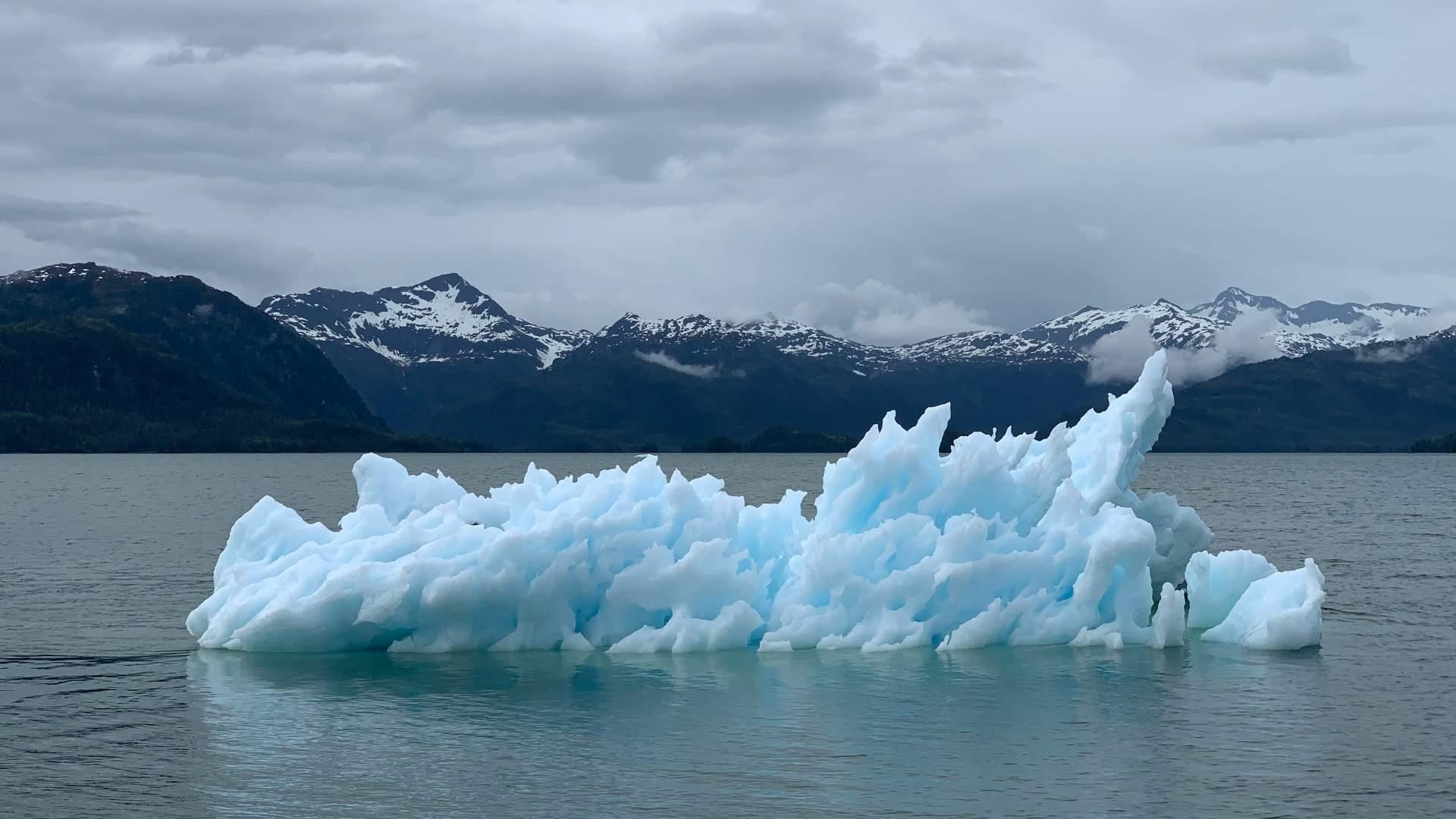
The study asserts there is a link between the loss of these meteorites and climate change.
“The ongoing loss of Antarctic meteorites is a consequence of climate change. Despite the delayed response of the interior of the Antarctic ice sheet to climate change in terms of ice melt (with temperatures remaining well below zero, even with several degrees of warming), meteorites are affected even by very minor (decimal) increases in surface temperatures during exceptionally warm events, which are expected to occur more frequently in the future,” said the study.
Atypical Zones
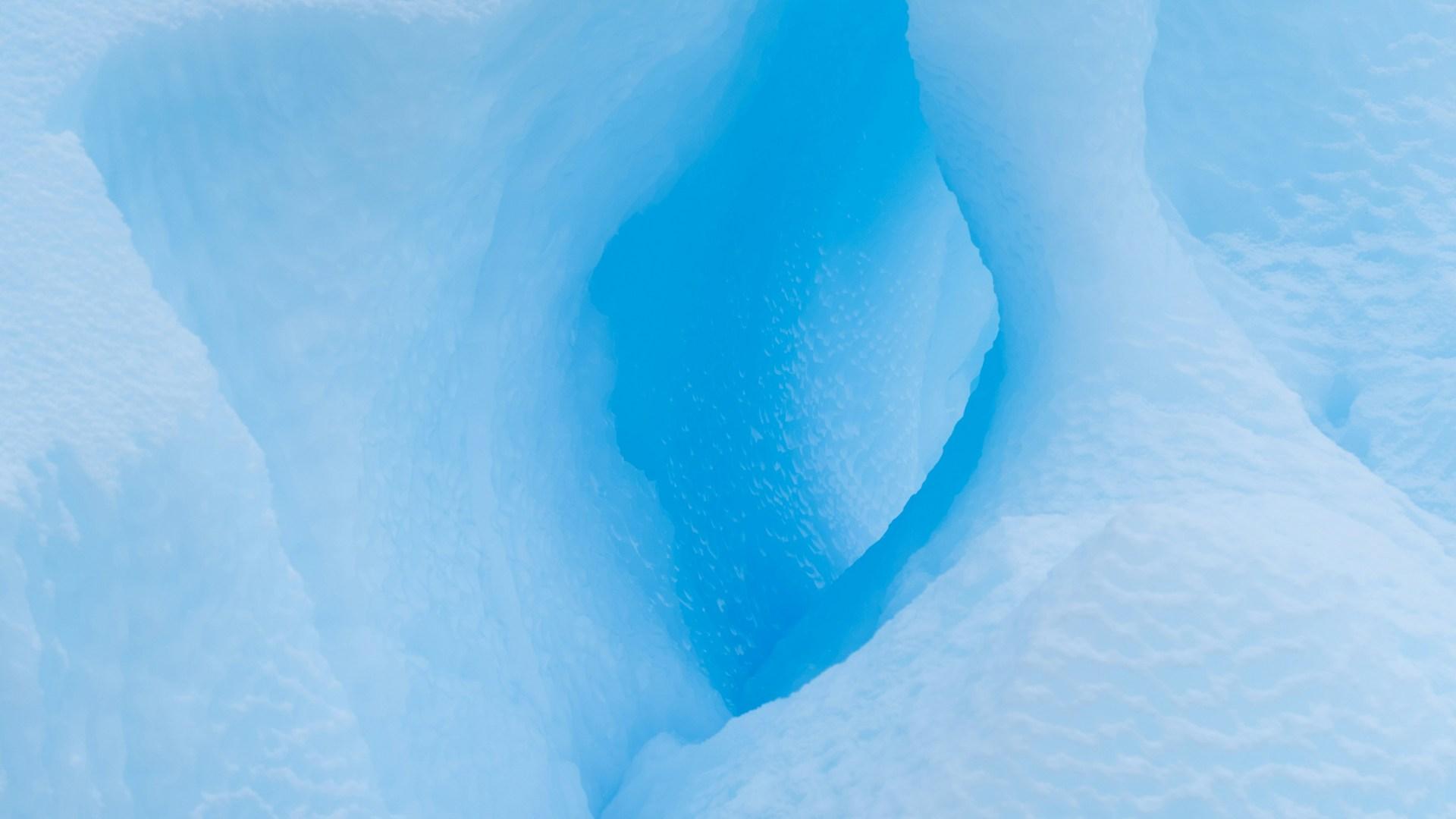
Good meteorite finds can be difficult to come by. The study asserts that meteorites in Antarctica are found primarily in blue ice areas which only account for 1% of the surface area on Antarctic ice sheets.
These are formed when “layers of snow and ice are removed from the surface through a combination of ice flow processes and local meteorological conditions, exposing meteorites that were once embedded in the ice,” the study says.
Meteorite Supply in Antarctica
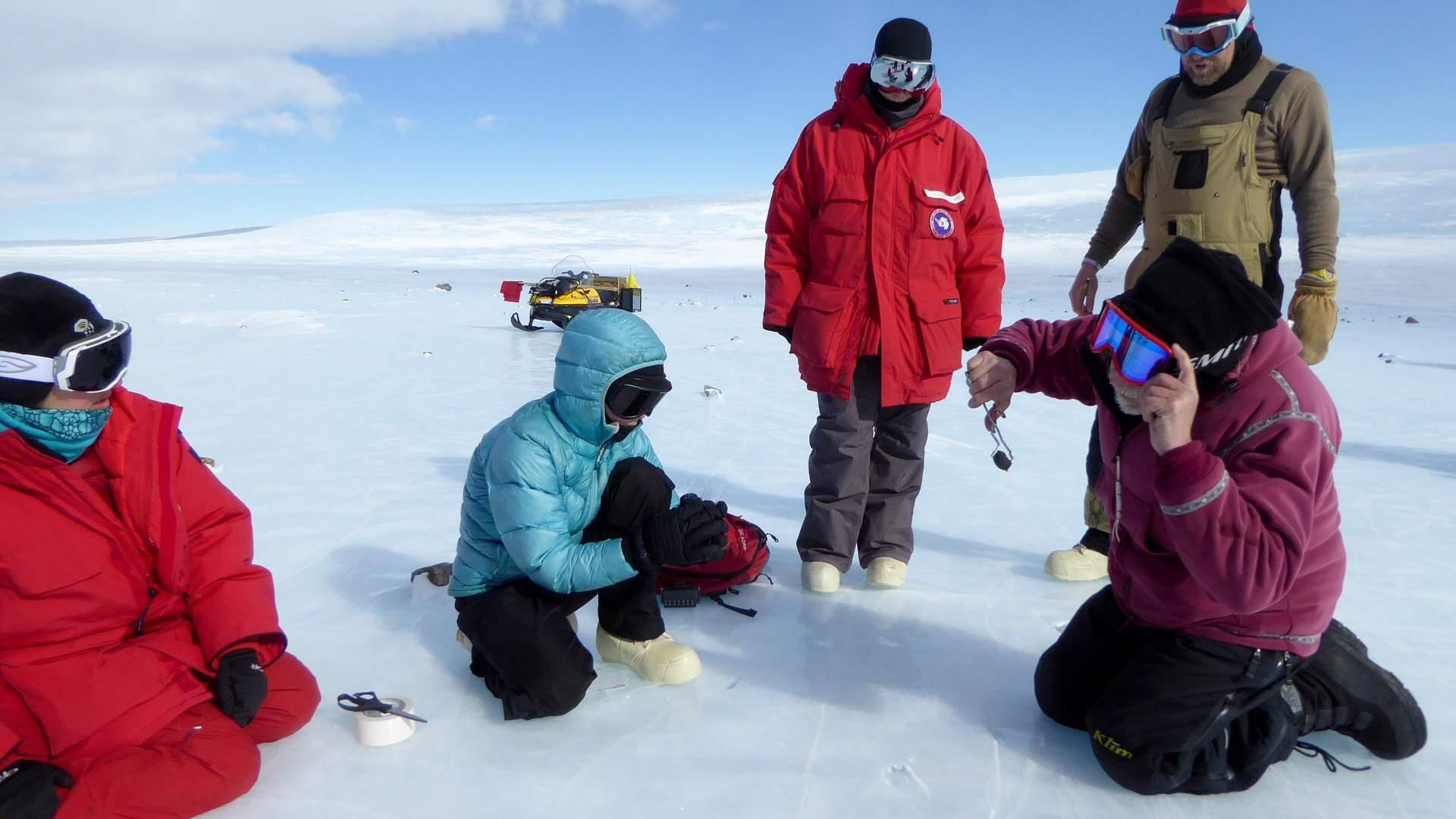
Antarctica is 60% of the supply of the meteorites ever found on Earth. In fact, only around 80,000 meteorites have ever been found by humans in the history of the planet.
In the past few decades, researchers have only managed to collect an average of 1,000 meteorites per year in Antarctica. Exploring these areas in Antarctica proves difficult and the land mass has not yet been fully explored. The study estimates that there are between 300,000 and 850,000 meteorites still remaining to be collected on Antarctica’s surface.
Dire Predictions
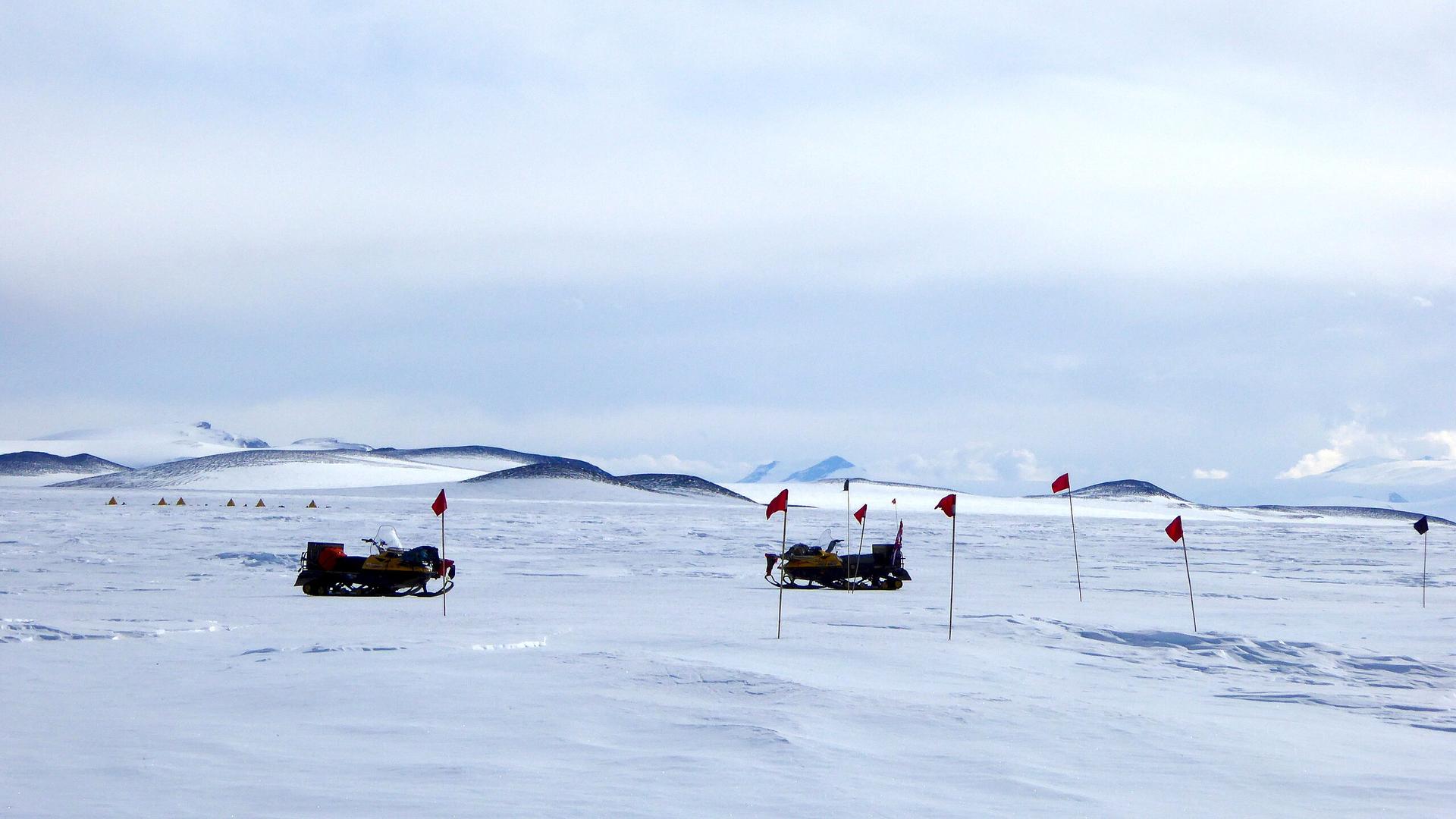
Once a meteorite is exposed to the surface, it can stay in the same state for thousands of years because of the stagnant conditions that it exists in.
However, this study asserts that many of these meteorite sites will be threatened in the future. While researchers collect 1,000 meteorites per year, meteorites are also being lost at a rate of approximately 5,000 per year.
Antarctica Meteorites By 2100

The study predicts that if the number of high emissions of greenhouse gases and the rate of global temperature rise remains the same, as much as 24% of these meteorites will be lost by 2050.
By 2100 the study predicts that this number will potentially rise to as high as 76% of the total meteorites located in Antarctica lost.
Tenth of a Degree

The team behind the study utilized a combination of satellite observations, climate prediction models, and artificial intelligence to make their predictions.
Using these methods, the researchers predicted that for each tenth of a degree that the global air temperature rises, 9,000 more meteorites will disappear from Antarctic ice sheet surfaces.
Importance of Meteorites
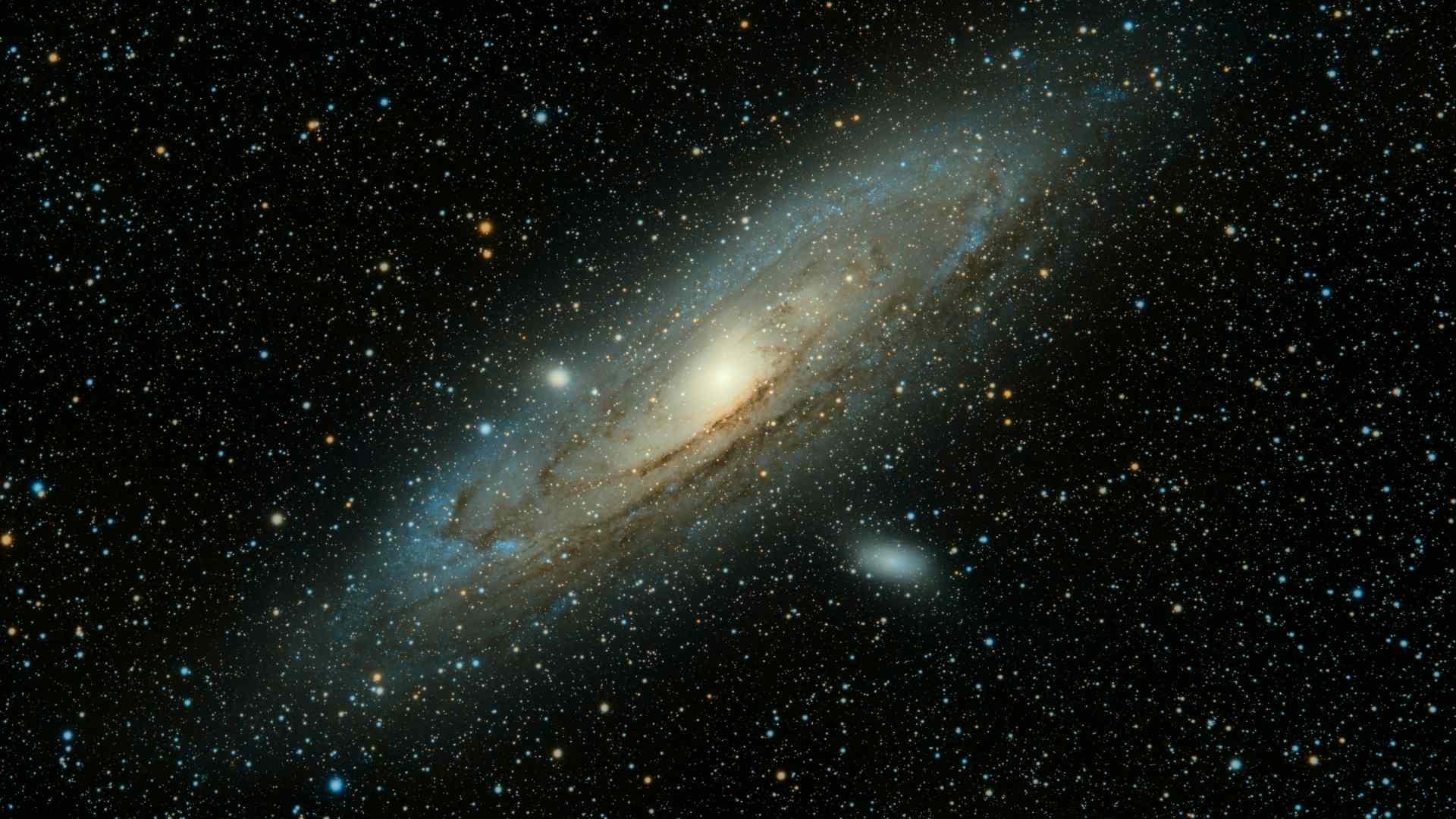
While some may disregard the importance of meteorites in scientific research, they are extremely important for discovering the origins of the solar system and answering questions about the history of the Earth.
Meteorites may contain grains of dust produced by stars that could predate our solar system and give researchers important clues and testing material for theories.
Meteorites Need To Be Protected
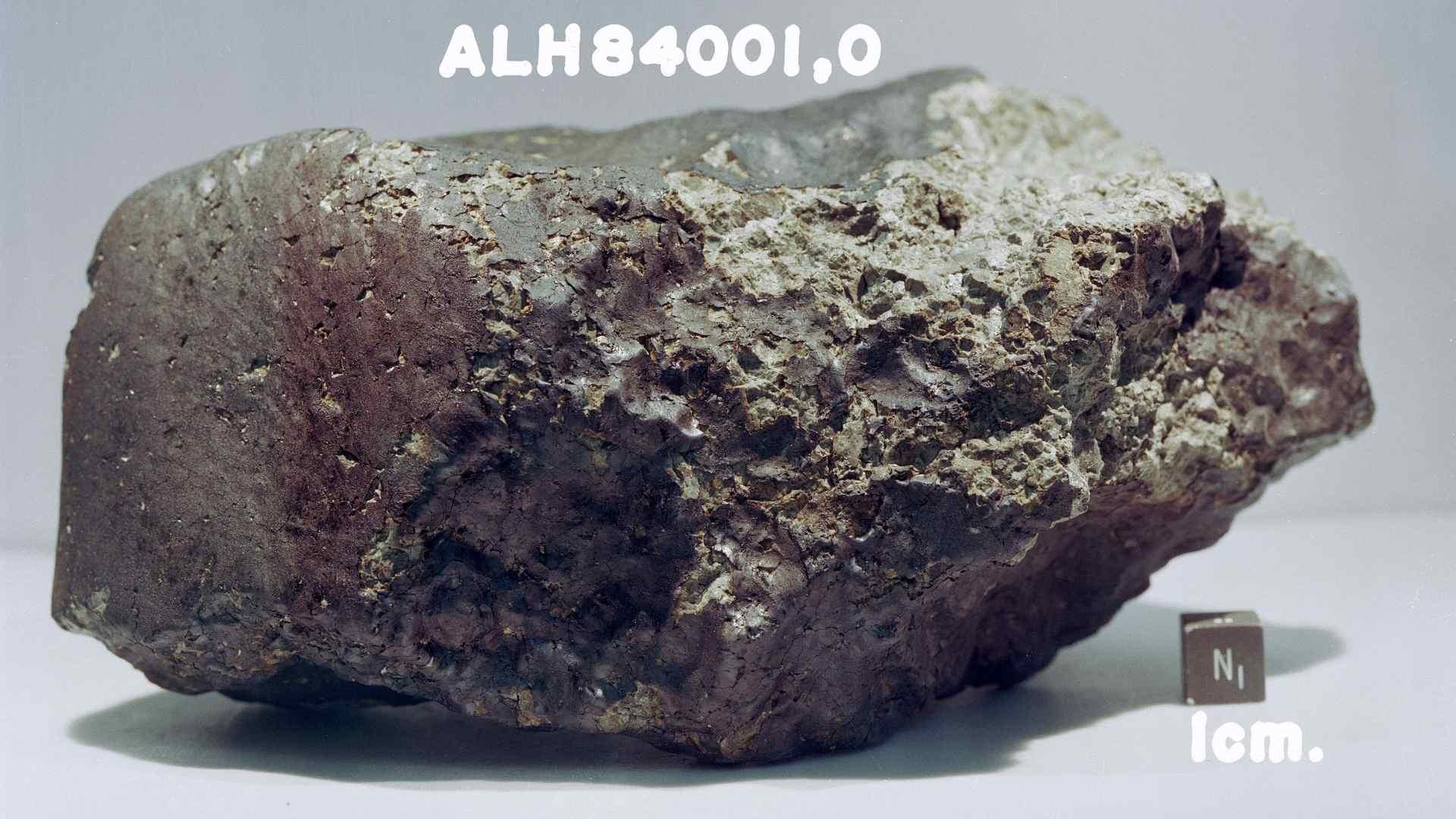
Harry Zekollari, one of the study authors and an Associate Professor of Glaciology at Vrije Universiteit Brussel, has called upon the international community to take steps to preserve these meteorite sites.
“We need to accelerate and intensify efforts to recover Antarctic meteorites. The loss of Antarctic meteorites is much like the loss of data that scientists glean from ice cores collected from vanishing glaciers — once they disappear, so do some of the secrets of the universe,” Zekollari said.
Meteorite Warming

These meteorites pose a threat to the ice sheet they are embedded in because of their dark color.
“Even when temperatures of the ice are well below zero, the dark meteorites warm-up so much in the sun that they can melt the ice directly beneath the meteorite. Through this process, the warm meteorite creates a local depression in the ice and over time fully disappears under the surface,” said study co-author Veronica Tollenaar.
Meteor Impacts
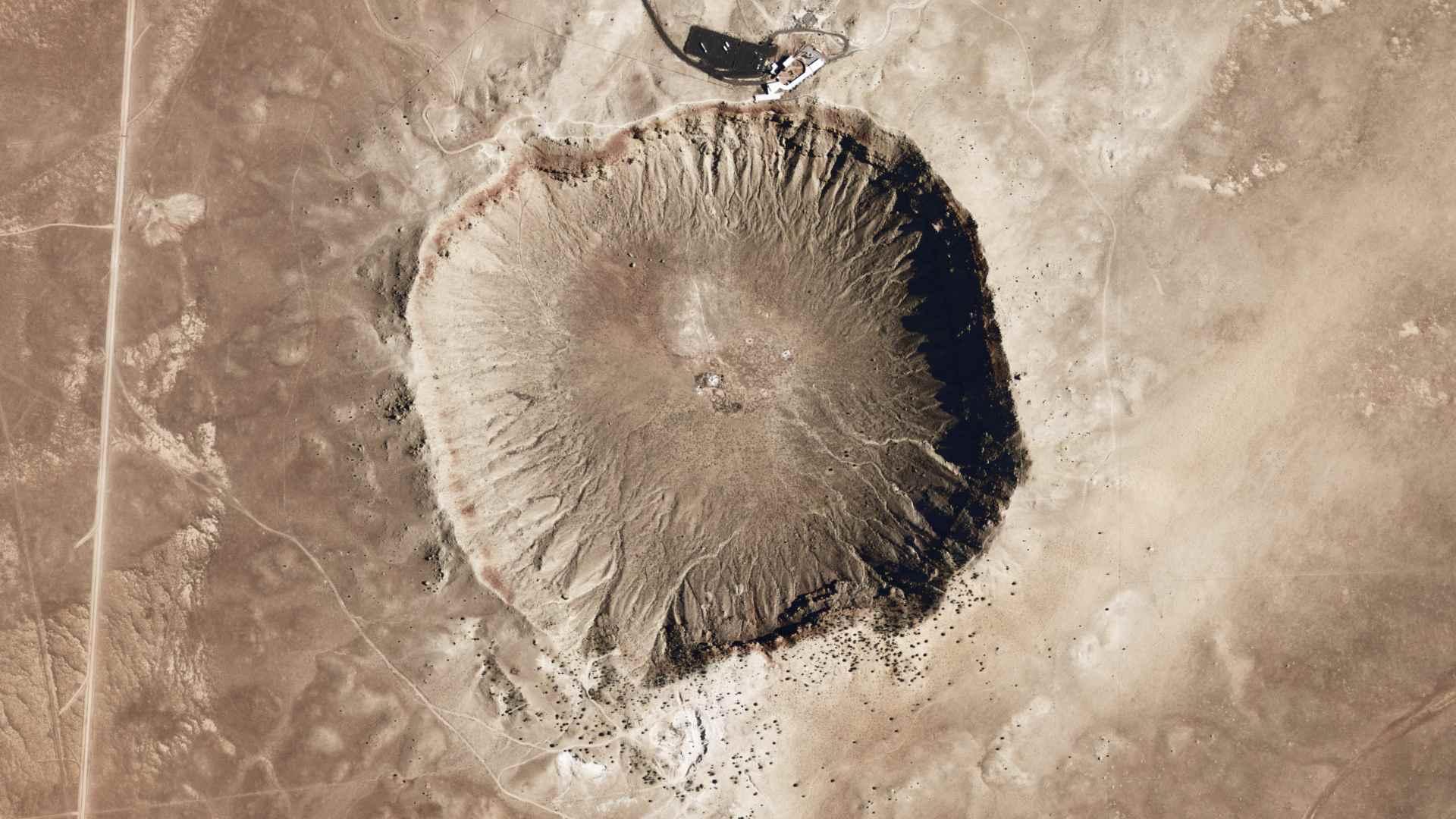
Throughout Earth’s history, scientists have deduced that the falling of meteors has had a major effect on the life on the planet. By studying the remains of meteorites, scientists can gain a better understanding of them to help defend the planet against potentially deadly large meteor impacts.
Scientists think that 65 million years ago, large meteoritic impacts were behind a mass extinction event that wiped out many of the dinosaurs.

